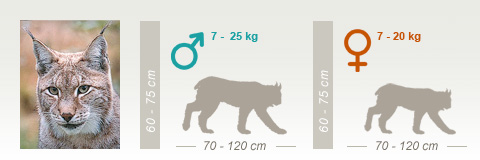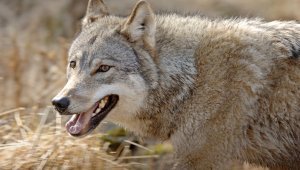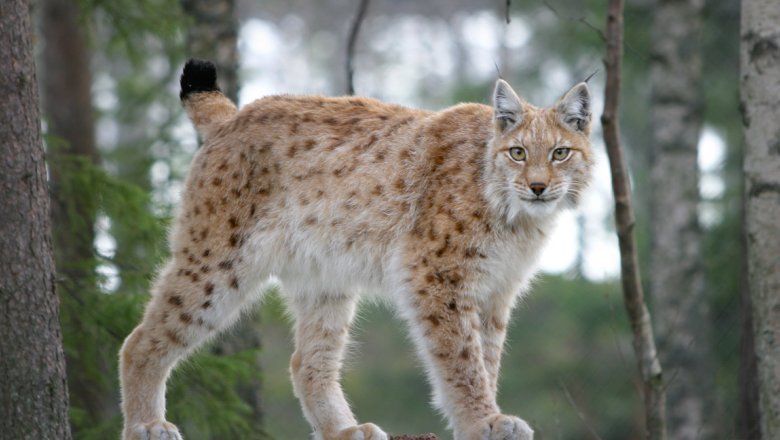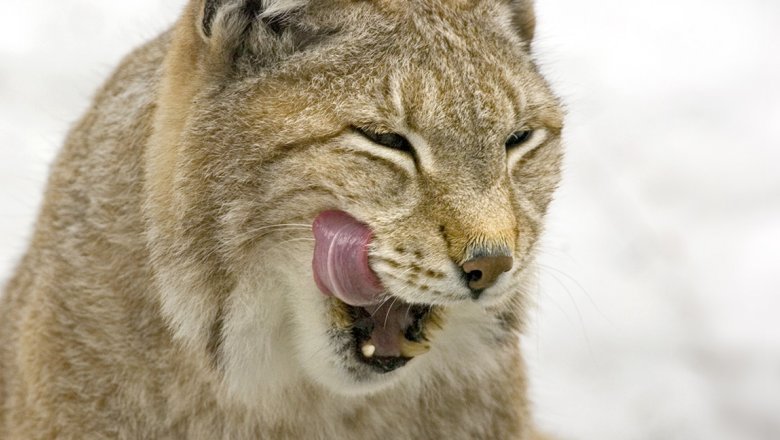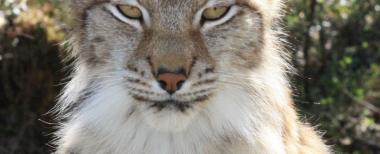Description of the lynx
In its appearance, the lynx is a typical cat. In summer, its coat has a reddish grey tone, but in the winter it turns a greyish white. The coat has brown or black spots and streaks, but some individuals have almost no spots. The legs of the lynx are longer in proportion than those of the domestic cat, and the back legs are longer than the front ones. Like all felines, the lynx has the ability to retract its claws completely. The lynx uses its claws for hunting, climbing trees or when walking on a slippery surface. While claw marks can usually not be seen in its tracks, they may be visible when the lynx has been walking in soft snow.The lynx is the most predator-like of our large predators. In the summer the lynx's coat is a reddish grey but in the winter it turns into a grey-white colour. The fur has brown or black spots and streaks in it. The lynx's legs are relatively longer than those of domestic cats and it has the ability to withdraw its claws like other felines. It uses its claws when hunting and climbing trees. Generally the claws are not visible in the lynx's tracks, but it might use its claws for additional support on hard snow.
